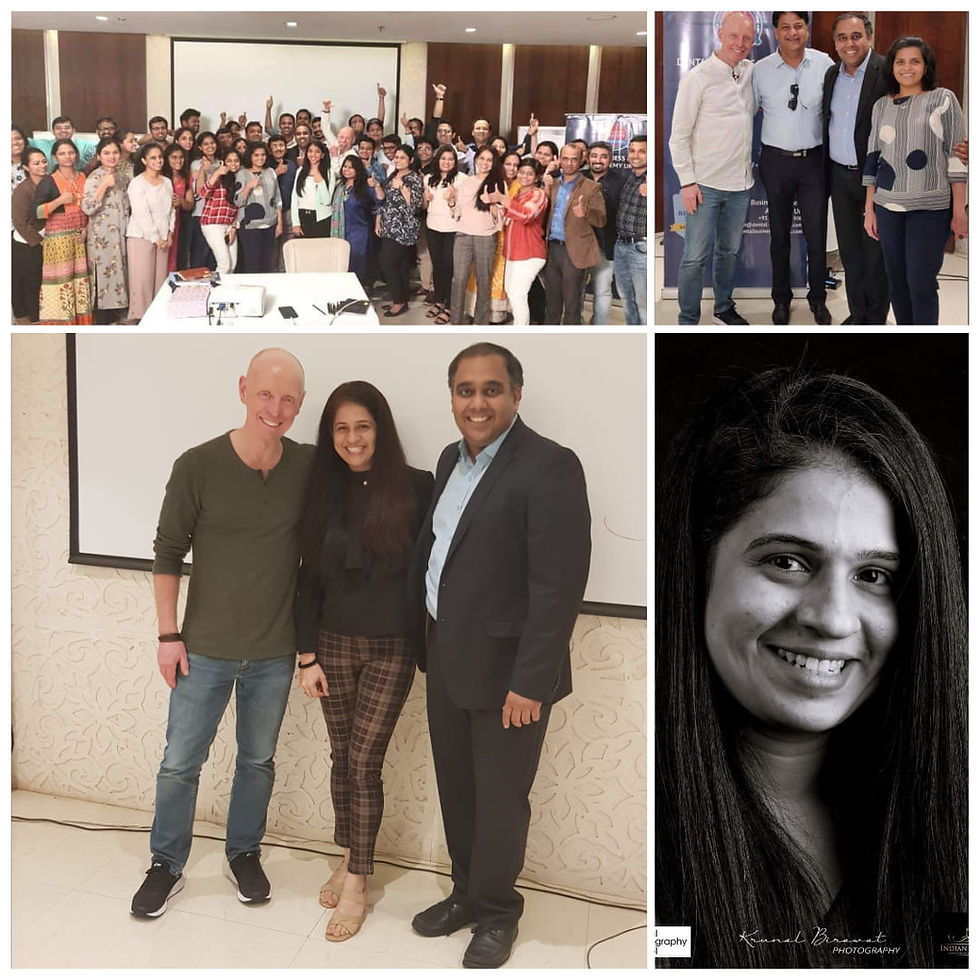Why even the best practices are only getting 2 out of 3 steps right with their internal marketing
- Chris Barrow

- Nov 30, 2017
- 3 min read
Initially, it seemed there were two phases to getting dental practices focused on internal human interest marketing (and weaning them off the crystal meth of digital advertising – or the starvation of no effective marketing at all).
Step 1 – convince the owners and the team that their patients are connected to the web, do have email addresses, will maintain Facebook Profiles and (in growing numbers) have Instagram accounts and Linkedin profiles.
Step 2 – convince them that posting to social media channels, writing a blog, creating a web site full of video and free downloads and sending out 12 email patient newsletters a year is a great way of promoting themselves at low cost to the right type of new patients.
These first two steps require a monumental effort – by me as a coach, by the owner as leader and by team members who have to add new habits to an already busy task list.
But there is a third step – one which few of the practices even I work with have made successfully.
Step 3 – follow the rules for marketing collateral:
80% of your content is stories about how what you do has changed patients’ lives for the better;
15% of your content is stories about how working at your practice is changing the lives of your team (and the owner) for the better;
5% of your content is BDS – that’s boring dental stuff.
Let me give you a list of social media posts that qualify as BDS:
extra-oral before and after shots – there are hundreds of them and they have no personality – they are only of interest to other dentists;
electric toothbrushes;
standing next to your shiny new digital dental doodad;
you at a dental dinner/awards ceremony with no award;
you with a phantom head;
you hunched over a patient in scrubs;
your Christmas tree.
Here’s s list of posts that qualify as 15% stories about the team and the owner:
you on a course (with an explanation of what difference that will make to your patients);
you with your new doodad (with an explanation of what difference that will make to your patients);
your team on a course (with an explanation of what difference that will make to your patients);
you and/or your team at a dental dinner/awards ceremony with an award (and explanation of why);
you and/or your team providing OHE for adults or children;
you and/or your team engaged in extreme pursuits, especially if raising charitable funds;
any babies or pets produced or owned by you and your team (sad but true – we have to go with that flow).
Then there’s the list of posts that qualify as 80% stories about the difference you have made to patients;
full face before and after portraits;
selfies in the chair at the end of treatment;
60-second iPhone videos posted to Instagram;
3-minute videos created in TCO consult rooms with proper camera, sound and light and posted to Facebook;
4-minute professional show reels created by expert freelance film-makers and posted in your newsletters and on your web site;
photos of patients at the life-event for which their treatment was desired – weddings, graduations, anniversaries.
As I scroll through dental social media channels on a daily basis, I’m seeing the polarity reversed – 80% BDS, 15% team and 5% patients.
The next challenge is to get those proportions reversed.
Unless a post is share-worthy, you may as well not bother.
When a post is share-worthy it can promote your business far and wide.
Remember Dunbar’s Number – take the number of active, adult patients that your practice cares for, multiply by 150 – that’s your potential audience.
Now go and engage with them.
Give them something worth sharing.
.png)



Comments